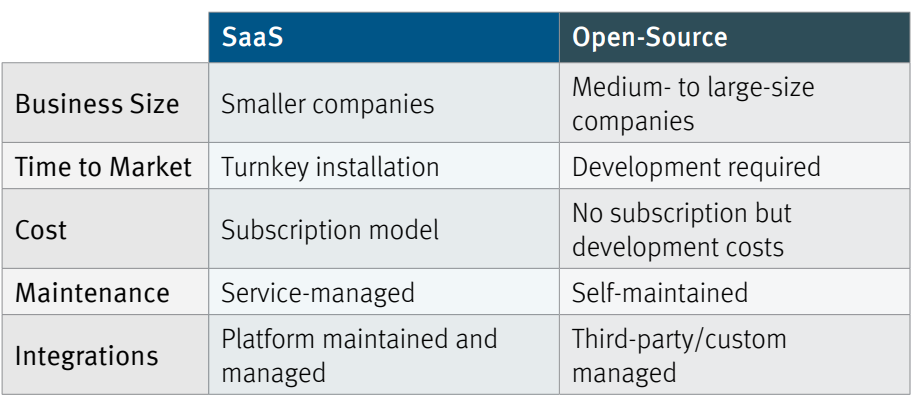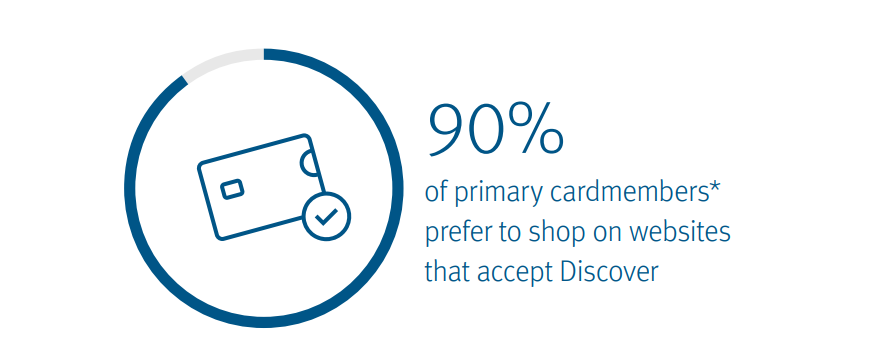

Introduction
For businesses today, providing an e-commerce solution is not an option but a necessity. Companies of all sizes are looking for a robust, digital presence to offer their goods and services, and they are tapping developers to deliver on their vision.
While the development process involves the same technical skills that you’ve applied to web or mobile app development, the e-commerce proposition—with its tightly integrated back-end components—requires additional elements.
The ability to incorporate all forms of payments—wherever, whenever and however customers want—while delivering a seamless and secure experience is key. Customer satisfaction and revenue enhancement for your client is the ultimate goal.
The solution you deliver must not only function correctly, but it should perform impressively. Anything less and the customer experience wanes, along with loyalty and sales.
It’s not a process left to chance. To ensure that you deliver a seamless experience for your client and their customers, there are several critical considerations on the road to developing a successful e-commerce site.
Technology – Pick a Platform
The first stop along the development process requires a platform decision: Software-as-a-Service (SaaS) or an Open-Source solution. » SaaS solutions, with their preconfigured templates, can get you up and running more quickly. Although you’ll be somewhat limited in overall control, with fewer customization options, it’s an ideal route for smaller companies that appreciate the built-in maintenance and security features, along with predictable costs. » Open-Source solutions may be better suited for medium- to large-size companies, where customization can accommodate a need that matches specific marketing and design requirements, while optimizing the onboarding and customer experience. Keep in mind that the client will be tasked with future maintenance and support. If their internal IT staff is not equipped to tackle the ongoing needs, this could provide the development.
Peak traffic and storage are key


Whichever platform you choose, it must be sufficiently powerful, scalable and secure to address your client’s needs. If the business requires integration with a CRM or the ability to accept multiple currencies, keep that in mind at the outset. The site must be able to handle peak traffic—both now and as the business grows—with an infrastructure to ensure customers find a responsive online experience. Decide whether self-hosting, which can be time-consuming and costly, is an option, or whether your client will need to outsource to a service to handle future traffic and storage. For merchants, downtime is not an option, so whichever environment you choose, it must be able to handle the extreme traffic spikes that are common during holiday shopping and can overwhelm many internal servers. Finally, implement proper security controls that reflect your client’s IT capabilities for maintenance and monitoring.
SaaS vs. Open-Source


Questions
- What functionalities (for example, support for multiple languages, custom checkout experience and/or live chat features) are required in the final product?
- Given the client’s business needs and functionality, what is required as part of phase one for the site?
- Are the merchant’s needs better served by an on-premises or cloud-based hosting solution?
- If choosing a SaaS solution, is it scalable to grow with the business?


Design & Content – Consider the Shopper’s Journey
The structure of the site is where UI and UX take center stage, with a structural design and an intuitive navigation that tightly integrates your client’s branding. Test your site design to ensure it is supported in every digital device, including desktop and mobile experiences. You’ll also choose among a responsive, adaptive or even standalone mobile site, which includes a unique m.URL. Adaptive may prove more suitable if you’re trying to retrofit an existing site to add a mobile element, whereas new sites will likely opt for responsive programming.
Personalize the journey for loyalty
Develop the site with a clear and decisive flow that is both logical and engaging, with products and categories that reflect real-time offerings. Determine whether the site will require customer logins to maintain profiles or payment data, which can significantly streamline the customer’s future experience. While many consumers appreciate the efficiencies, “guest” access is important for shoppers who do not want to have their data stored. Search capabilities are also critical for a successful user experience. Beyond a list of products and descriptions, robust search functions, with metadata and tags, will help ensure the customer can find what they need. But a search is just the start. Intuitive site navigation will encourage customers to place items in their cart, while a frictionless checkout is vital to complete the sales process without the threat of cart abandonment. Throughout the journey, personalization is key. Providing individualized suggestions and loyalty programs build both basket size and trip frequency. Product reviews, blogs and merchant ratings provide a level of trust that helps close the sale. Finally, integrate a “Customer Support” process to address questions and concerns, and if the client’s resources permit, add a “Live Chat” feature, which will save both customers and merchants the effort of a phone call. When developing the “Contact” form, always verify with your client how to route the submissions.
Full UX is the goal
At every step, consider the full user experience that can be delivered through a robust backend integration. The site’s development should align the merchant’s front-end sales and marketing efforts with the entire technological infrastructure. Importantly, this should include order fulfillment, delivery information and additional customer support.


consumers surveyed globally say a loyalty program increases their likelihood of shopping at a given merchant, especially Gen Z and Millennials (80% and 79%, respectively).
Questions
- Is the product navigation intuitive and arranged by clearly recognizable categories?
- Is there a guest checkout option for shoppers who prefer not to have their data stored?
- If the merchant has international customers, are privacy settings compliant with other countries’ regulations?
- Have you included social media integration as well as any other third-party user logins?
Payments & Security – Pick a Card, Every Card
Recognizing the opportunity cost of limited options, the payments ecosystem today is transitioning to universal payment acceptance—any method of payment made with new or legacy technology can be used by anyone and accepted anywhere by any merchant at any time. Indeed, no matter how sophisticated the site or their offerings, customers expect to pay using their preferred method without friction or disruption.
By delivering a seamless experience, you have the ability to capture every potential sale. As such, enable payment methods that accommodate every customer and respond to their preference. Work with the merchant (and partners) to help them accept all forms of payments from all major networks, including Discover®, Visa, Mastercard and American Express.
To accommodate international customers and cater to their payment preferences, Oceanpayment has cooperated with Discover® Global Network to help merchants spread their business to the areas covered by more than 20 global network alliances and obtain new opportunities in the hundreds of billions of dollars in the market.
Integrate solutions with UI
As you develop the site’s payments component, use or leverage a payment gateway that is appropriate for the business size and aligns with their budget when it comes to fees. A turnkey solution is often sufficient for a small business, while larger companies might require more custom capabilities. Whichever you choose, make sure that it integrates with your existing UI, and that it includes plug-ins, such as currency support, and is continually maintained and updated.
Security is always a must
As card-not-present payment options become increasingly vital in modern commerce, ensure the system is PCI DSS compliant with integrated fraud protection. Also consider whether the use of tokenization for added security is needed. Digital wallets are also increasingly popular, so incorporate capabilities to support such wallets as Apple Pay and Google Pay. For each of these, build in the appropriate signage to showcase all forms of accepted payments, card brands, payment methods, etc. Highlighting acceptance is key to a positive experience. Finally, if the merchant plans to accept new methods of payments, such as Click to Pay or Point-of-Sale (POS) financing, for example, make sure that the checkout experience is scalable and will be capable of handling these offerings.


*Primary cardmembers are defined as respondents who use Discover® Card more than other cards
C+R Research Study of 1,808 Discover Cardholders, August, 2020, commissioned by DFS Services LLC
Questions
- Does the gateway accept all forms of payment for all customers, including international cardholders?
- Do the security features comply with PCI DSS to provide enhanced fraud protection?
- Will you need to include customer authentication protocols, like EMV® 3DS, which is available through Discover® ProtectBuy® ?
- If selecting a third-party solution, have you installed the most current version?
- How will you include capabilities for gift cards and installment payments?
Conclusion


The development of sophisticated e-commerce capabilities is essential in today’s competitive marketplace. The digital landscape for merchants continues to expand, and key capabilities are required for success. Understanding the challenges and needs of your client is key to providing the right solution for their customers and goals. By building solutions that address these needs, developers can provide businesses with the offerings required—for the market today as well as tomorrow.
The information provided herein is owned by Discover® Global Network and issued by Oceanpayment. It is intended for use by multiple partners and for informational purposes, and is not intended as a substitute for professional advice.
Visit insights.discoverglobalnetwork.com to stay up-to-date on global payments trends.










Comments are closed.